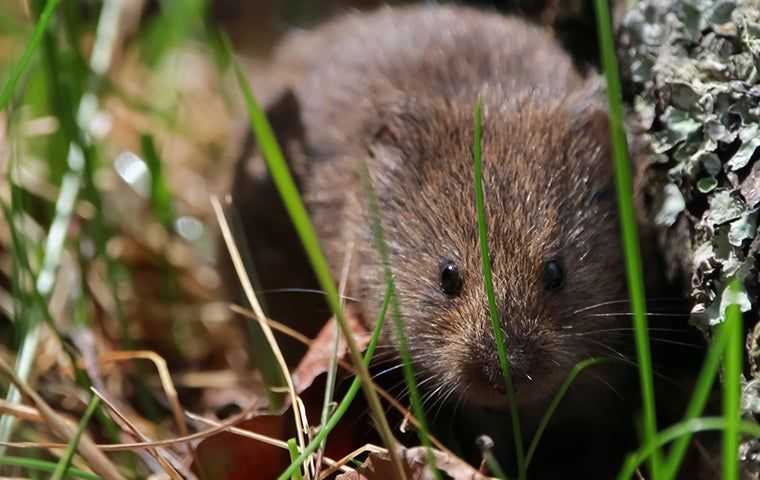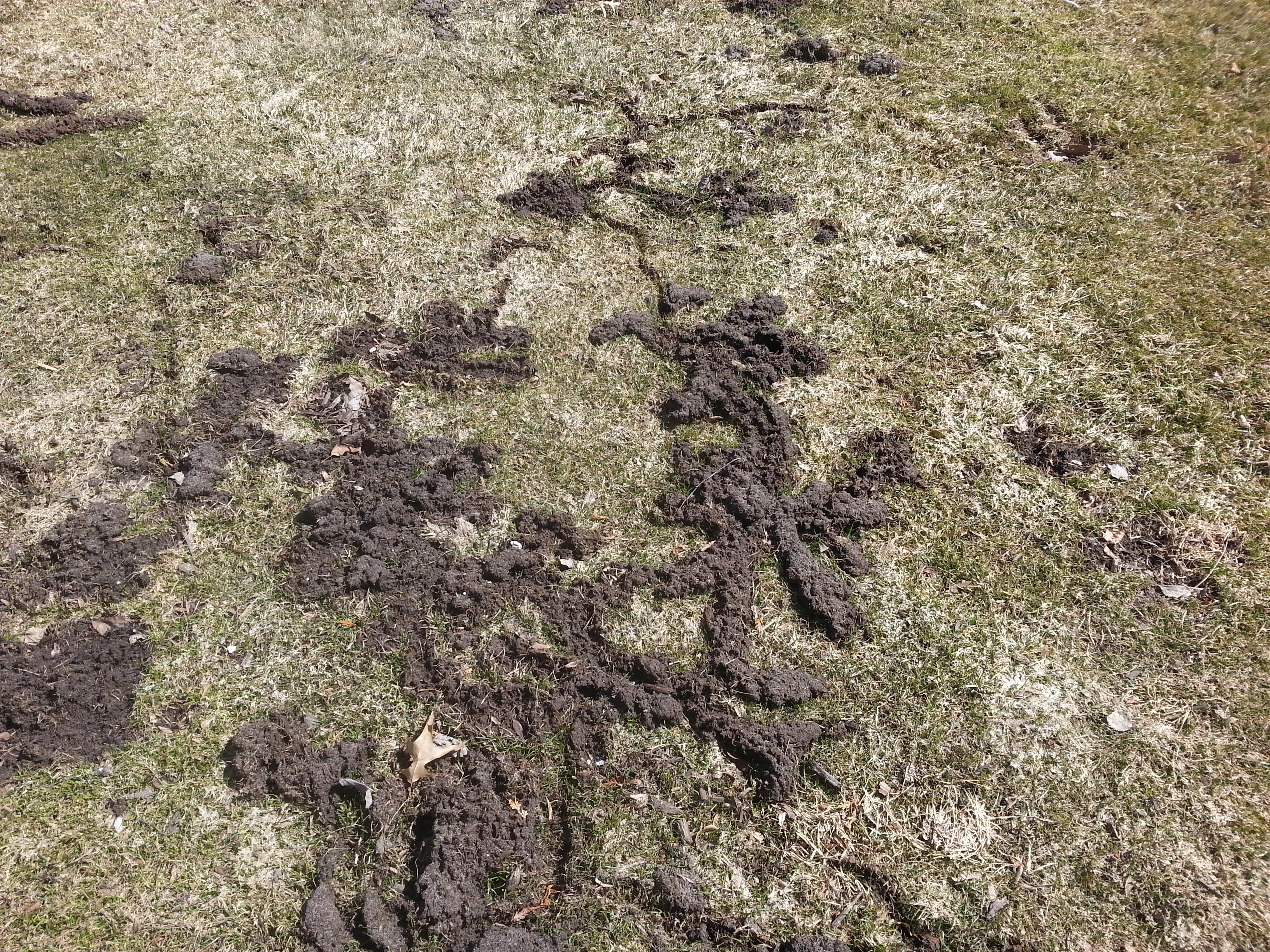Battle Vole Problem: Expert Approaches for Vole Control
Battle Vole Problem: Expert Approaches for Vole Control
Blog Article
Grasping Vole Pest Control: In-depth Insights on Problem Prevention and Treatment Approaches
By acknowledging the subtle signs of vole invasion early on, we can take aggressive actions to avoid prevalent damages. In this conversation, we will certainly explore the nuances of vole habits, dig right into the recognition of problem indications, and uncover the most reliable avoidance and treatment approaches.
Recognizing Vole Behavior
Taking a look at the foraging patterns of voles offers important insights into their actions and environment choices. Voles, little rats looking like computer mice, are herbivores known for their underground tunneling activities. By observing their foraging actions, researchers can gain a far better understanding of where voles like to establish their environments and the degree of their ecological influence. Voles are respected breeders, with a solitary women qualified of creating a number of trashes in a year, making it vital to understand their habits for reliable parasite control strategies.
Study indicates that voles show discerning feeding routines, choosing seeds, roots, and origins - vole pest control. This nutritional choice influences their foraging patterns, leading them to locations rich in vegetation and ground cover. Furthermore, voles are recognized to produce sophisticated passage systems for foraging and nesting purposes, showing a high level of flexibility to their environments
Understanding vole behavior is crucial for carrying out targeted insect control actions that disrupt their habitat choices and foraging activities. By studying their habits, specialists can develop more reliable prevention and therapy methods to manage vole invasions.
Identifying Indicators of Vole Problem
Vole infestations can be identified by identifying certain indicators of their existence in an area. Among one of the most common indicators of a vole infestation is the existence of surface runways. Voles produce networks of slim paths on the ground that are generally around two inches vast. These paths are usually found in verdant areas or underneath compost or ground cover where voles can move easily and look for food.
An additional crucial sign of vole infestation is the presence of tiny burrow openings in the ground. Voles dig shallow burrow systems with numerous entries and exits. These burrows work as sanctuary and nesting websites for the voles. In addition, voles are recognized to leave eaten plant stems, origins, and light bulbs near their burrow openings, showing their feeding task in the location.
Discovering these droppings along runways or near burrow openings can validate a vole invasion. By being watchful for these signs, residential property proprietors can immediately deal with vole infestations and prevent more damage.
Implementing Aggressive Prevention Actions
To properly reduce the risks related to vole problems, residential property owners can proactively apply a variety of safety nets intended at protecting their gardens and landscapes. One crucial step is to keep a well-trimmed yard and routinely remove high weeds and dense plants, as voles are brought in to areas supplying view ample cover. Installing obstacles such as hardware cloth underground around at risk areas like yard beds can likewise aid avoid vole breach. Additionally, keeping yard locations clean and decreasing mess where voles could hide or nest is crucial in reducing their existence.
Moreover, utilizing natural vole deterrents like castor oil-based repellents or predator urine can act as efficient precautionary procedures. It is likewise advisable to frequently examine exterior spaces for any type of indications of vole activity, such as paths or delve openings, to deal with potential problems without delay. By taking on these aggressive prevention strategies, homeowner can substantially lower the probability of vole damage and keep the wellness and visual appeals of their landscapes.
Effective Therapy Strategies
Integrating targeted capturing techniques and making use of approved rodenticides are crucial components of efficient visit this page treatment techniques for taking care of vole problems. Regular surveillance and upkeep are likewise vital facets of successful treatment strategies to guarantee that vole populations are maintained under control. By incorporating capturing, rodenticides, habitat adjustment, and regular surveillance, reliable vole insect control can be accomplished.

Monitoring and Maintenance Tips
Regular surveillance enables for the early discovery of vole task, making it possible for punctual intervention prior to problems aggravate. To efficiently keep track of vole populaces, tactically placed catches can be utilized in vole paths or near burrow entryways.
Additionally, preserving a clean and well-kept landscape is vital in vole prevention. Clearing up away debris, such as heaps of timber or thick vegetation, removes prospective vole habitats. Frequently trimming lawns and trimming vegetation aids lower vole concealing places and minimizes their accessibility to food resources.

Conclusion
In conclusion, mastering vole pest control requires a strong understanding of vole behavior, the ability to recognize signs of problem, applying aggressive avoidance procedures, efficient treatment approaches, and regular surveillance and maintenance. By taking an extensive approach to vole control, people can successfully handle and avoid infestations, ultimately protecting their residential or commercial property and bordering setting from damage triggered by these little rodents.
In this conversation, we will check out the nuances of vole actions, dive into the recognition of invasion signs, and reveal the most effective prevention and therapy methods.Including targeted trapping methods and using accepted rodenticides are essential components of reliable treatment approaches for taking care of vole invasions. To effectively monitor vole populaces, strategically positioned traps can be used in vole paths or near burrow entryways. Inspecting and repairing any kind of damages to these frameworks guarantees that vole control continues to be efficient in guarding buildings from infestations. By including these monitoring and maintenance techniques into a detailed vole pest control plan, people can properly manage vole populations and shield their buildings from damages.
Report this page